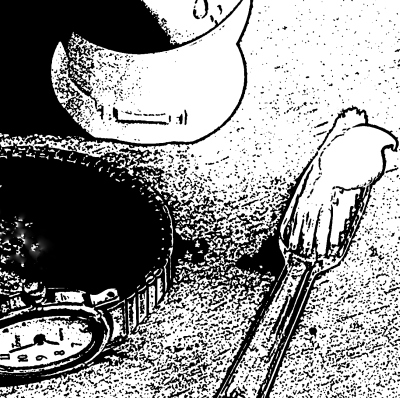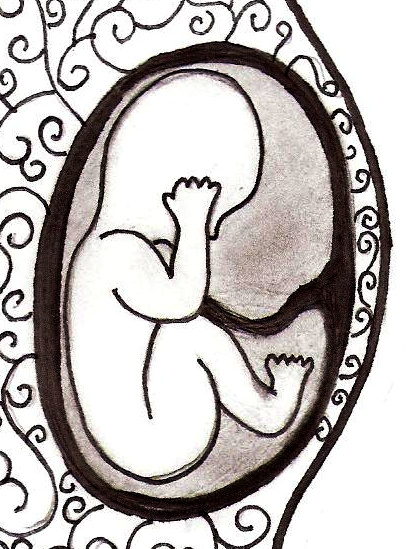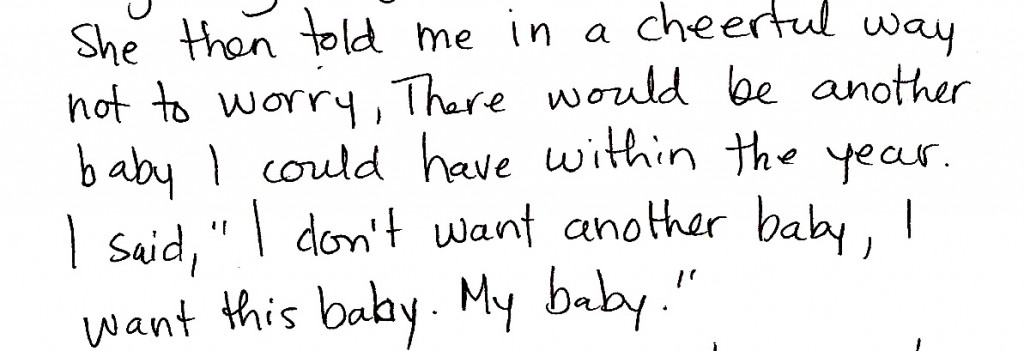The prime rate is the basis for certain home loan programs, including widely issued HELOCs (Home Equity Line of Credit). As a rule of thumb, the higher the discount rate, the higher mortgage interest rates will be. The two tend to correlate over time, though not as strongly as the 10-year bond yield due to its longer maturity.
Prime Rate Changes in 1940’s
- That added a layer of expertise to his work that other writers cannot match.
- As of August 2024, the prime rate has remained steady since July 26th, 2023.
- Investors seek out bonds when they believe they can get better returns on them than other assets.
- Prime is one of several base rates used by banks to price short-term business loans.For questions on the data, please contact the data source.
- Other countries have their own rates that affect mortgages and other financial products in their country.
The central bankers could also signal whether they expect to cut interest rates later in the year, and how many times, a crucial piece of news for investors. The Federal Reserve meets 8 times yearly to determine whether the Fed Funds Rate needs to be changed. The Fed Funds Rate, which US banks charge to lend to each other overnight, determines the Prime Rate.
Goldman predicts the Fed could raise its 2025 inflation forecast from an annual rate of 2.5% to 2.8%. The federal regulators may also lower their annual growth estimate from 2.1% to 1.8%. Though economists might quibble about the difference between current and past inflation, consumers mostly care about what they’re paying now. The current inflation rate is 2.8%, for the 12 months through February. That is an unremarkable figure that, to most policymakers, suggests inflation is reasonably under control. When shopping for a HELOC, pay close attention to the HELOC margin as prime will be the same across all banks.
- Stocks rose even though the Fed announced no major change after its March meeting, keeping interest rates where they are and predicting the same number of rate cuts, two, over the rest of the year.
- Barclays figures the Fed will scale back its forecast to a single rate cut.
- Throughout much of last year, Powell and the Fed were credited with steering the US economy toward a “soft landing,” cooling inflation without seeding an economic downturn.
- This means funds are more readily available because loans are less expensive and easier to qualify for.
Prime Rate and Credit Card Rates from 1995 – 2025
Either way, the Fed doesn’t control mortgage rates, nor does it set them. Its policies simply impact the economy, which can have indirect effects that trickle down to the interest rate you might be offered on a home loan. The Federal Reserve doesn’t actually set the federal funds rate, but rather sets a “target rate” and works to keep it in a given range by buying or selling government bonds. The inflation rate subsequently plummeted close to the Fed’s target of 2% a year. And, fearing high rates could slow the economy too much, the Fed began cutting the federal funds rate in August 2024.
Newsstand
Once a bank changes its prime rate based on the new federal funds rate, it will then start adjusting rates for many of its other lending products in the same direction. And when the federal funds rate and prime rate go down, other rates fall too, making it less expensive to borrow. “This is unlike other rates that move daily/weekly according to short term financial market, supply and demand conditions,” says Garretty. The prime rate is the interest rate banks charge their best customers for loans. “That worry is borne by the suspicion the Fed is not ‘in charge’ anymore, having relinquished control of macroeconomic policy to the Trump administration,” Wizman wrote. This means funds are more readily available because loans are less expensive and easier to qualify for.
Should the Fed decide to stick with two cuts, it likely will be only “to avoid adding to recent market turbulence,” Goldman Sachs economist David Mericle said in a note. Economists worry the Trump tariffs could reignite inflation, particularly if the president gets more aggressive after the White House releases a global review of the tariff situation on April 2. If the What Is Ethereum Fed grows more concerned about tariff-fueled inflation, it could turn even more reluctant to cut. Even if the Federal Reserve takes no action, economic forecasters and investors will hang on every word of Fed Chair Jerome Powell after the central bank announces its interest rate decision. And in a February post, Trump suggested that lower interest rates “would go hand in hand” with his campaign of import tariffs. With the stock market trending downward, Treasury Secretary Scott Bessent said Sunday “there are no guarantees” of the United States escaping a downturn.
What is the prime rate, and does the Federal Reserve set the prime rate?
In other words, what’s expected to happen with the Fed rate is often more impactful to mortgage rates than where the federal funds rate sits right now. And with two or three rate cuts currently forecasted, mortgage rates are seeing some declines. It shows movements in average credit card rates over the last five years. Compare it to the last graph (above), which showed changes to the federal funds rate over the same period, and you can see just how close the relationship is.
Federal Funds Rate (Currently 4.25% – 4.50%)
You’d likely see something similar for adjustable-rate mortgages and other variable-rate loans. Variable-rate borrowing types typically include credit card balances, personal loans, home equity lines of credit (HELOCs), and adjustable-rate mortgages. The prime rate is not fixed and can change over time based on changes in the federal funds rate, inflation, the demand for loans, and other economic factors. When the prime rate changes, the interest rates on loans and financial products that are based on the prime rate may also change.
A closely monitored FedWatch site shows that 99% of forecasters expect interest rates to go unchanged at the March Fed meeting. No action would leave the benchmark rate at a range of 4.25% to 4.5%. The Federal Reserve raises and lowers its benchmark interest rate for different reasons.
If the Fed feels the need to slow things down, they will simply raise the target for the federal funds rate, which will curtail borrowing among banks and reduce the amount of new loans issued to businesses and consumers. The “federal funds rate” is the interest rate banks charge one another for overnight use of excess reserves. Put simply, banks can avoid borrowing directly from the Federal Reserve (via the discount window) by borrowing from one another instead. We’ve established that hikes in the prime rate drive up borrowing costs while cuts reduce them. And those movements are mostly caused by changes in the federal funds rate. Seema Shah, chief global strategist at Principal Asset Management, said the revised projections indicate the Fed may soon start paying defi stocks closer attention to the labor market, wary of letting unemployment rise too high.
So, it adds to its base rate in accordance with the risks it thinks you pose. “The Fed saw downside risks to growth and upside risks to unemployment, but they continued to power ahead with rate hikes,” Sharif said of policymakers’ approach at the time. “They’re saying now that they will err on the side of making sure inflation does not get out of hand again.”
The prime rate began to rise significantly in the 1970s as the United States experienced an economic recession and high inflation. The prime rate reached its all-time high of 21.5% in Dec. 1980, as the Federal Reserve sought to curb inflation by raising interest rates. For example, a person with an outstanding credit score might be charged, say, prime plus 9% for a credit card, while an individual with only a good score might get a rate of prime plus 15%. An interest rate is the percentage of a loan amount that a lender charges.
In March 2020, due to the negative effects of the COVID-19 pandemic, the Fed initiated two emergency rate master the stock market cuts to increase investments and spur the economy. These rate cuts decreased the Fed Funds rate target to a range of 0% – 0.25%, which decreased the Prime Rate to 3.25%. Inflation rose above the 2% target in March 2021, and the Fed responded with a series of rate hikes in 2022 and 2023. Changes in the prime rate are highly correlated with changes in the federal funds rate.
Here’s how the current prime rate impacts personal loans, mortgage loans, and everyday debt. One of the most used prime rates is the one that The Wall Street Journal publishes daily. As noted above, banks generally use fed funds + 3 to determine the prime rate. The prime interest rate, which is also called the prime lending rate, is largely determined by the federal funds rate set by the FOMC of the Federal Reserve. Since individual consumers do not have the same resources, banks typically charge them the prime rate plus a surcharge based on the product type they want. The resulting rates represent what borrowers should expect when receiving quotes from lenders based on their qualifications, which may vary from advertised teaser rates.



 WONK 1 is out. It was out on time. One day early actually. Which is amazing. Updating the website, however, was a little late. Which can be expected from time-to-time.
WONK 1 is out. It was out on time. One day early actually. Which is amazing. Updating the website, however, was a little late. Which can be expected from time-to-time.